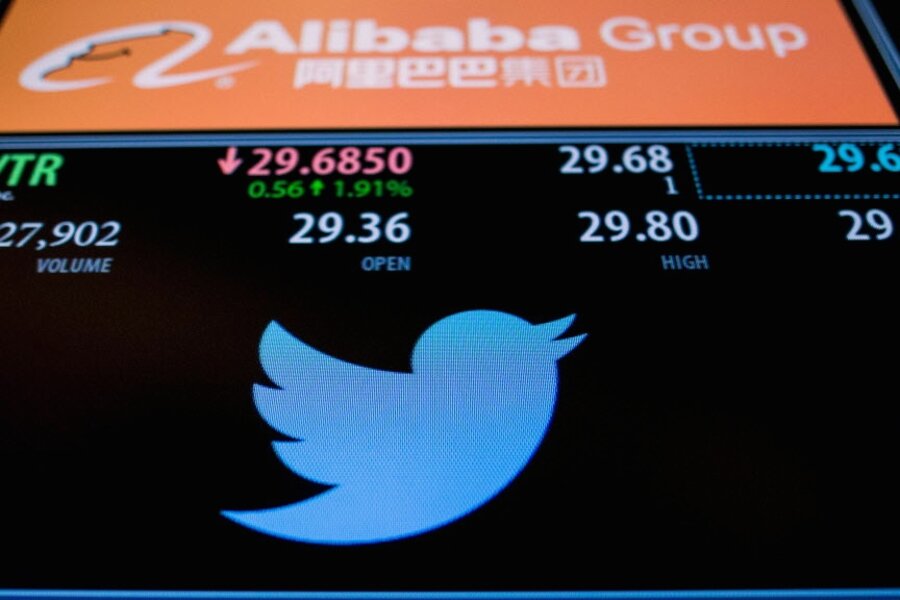Is Twitter dying?
Loading...
Twitter stock is at an all-time low, and there are few signs of rapid improvement to come.
The social network company's stock plunged by around 30 percent this year, and a new management team seems to have driven investors away, according to Forbes. And according to Twitter statistics, Twitter has netted no new users in the United States in 2015. Originally valued at or above $560 million, the company had to lay off 8 percent of its staff last month and is running at a loss of $132 million after taxes this year.
“The company is finding real challenges gaining traction with advertisers,” Mark Mahaney, an Internet analyst with RBC Capital Markets, told The New York Times. Mr. Mahaney pointed out the discrepancy between how the CEO presents the company versus the reality of the numbers. “Everything sounds so good, yet you reduced your forecast pretty materially. Why?”
Plummeting Twitter stocks won’t just be a hit to the Internet: Twitter has become part of the vocabulary of civil society.
Since its 2006 launch, Twitter has been an icon of new-age citizen journalism. Its role as a social media platform transformed from fostering quick ideas in 140 characters on the Internet to a tool used to enact political change. Tweets peaked during the Arab Spring in 2011, when activists and revolutionary leaders used Twitter to organize mass protests. And many have used Twitter in organizing relief efforts during natural disasters.
But the numbers might not tell it all.
Some, like the late New York Times media columnist David Carr, have long believed that Twitter is here to stay because its usefulness has found a way to foster quick dialogues – and even quicker information.
“Has Twitter turned my brain to mush? No, I’m in narrative on more things in a given moment than I ever thought possible, and instead of spending a half-hour surfing in search of illumination, I get a sense of the day’s news and how people are reacting to it in the time that it takes to wait for coffee at Starbucks,” Carr wrote in 2010. “Yes, I worry about my ability to think long thoughts – where was I, anyway? – but the tradeoff has been worth it.”
Others, like The Atlantic’s Robinson Meyer believes the company’s structural changes in 2014 caused users to lose faith. Channelling 20th century media theorist and Jesuit priest Walter J. Ong, Meyer writes, “It’s not quite context collapse, because what’s collapsing aren’t audiences so much as expectations. Rather, it’s a collapse of speech-based expected and print-based interpretations. It’s a consequence of the oral-literate hybrid that flourishes online. It’s conversation smoosh.”
Twitter has been making changes to its layout and format to bring more users back. Last month, the company controversially changed its “favorite” stars to heart “likes.” The changes haven’t seen the success they intended, yet.
Although stocks are down and new users aren't coming, no current users seem to be getting off Twitter anytime soon.








